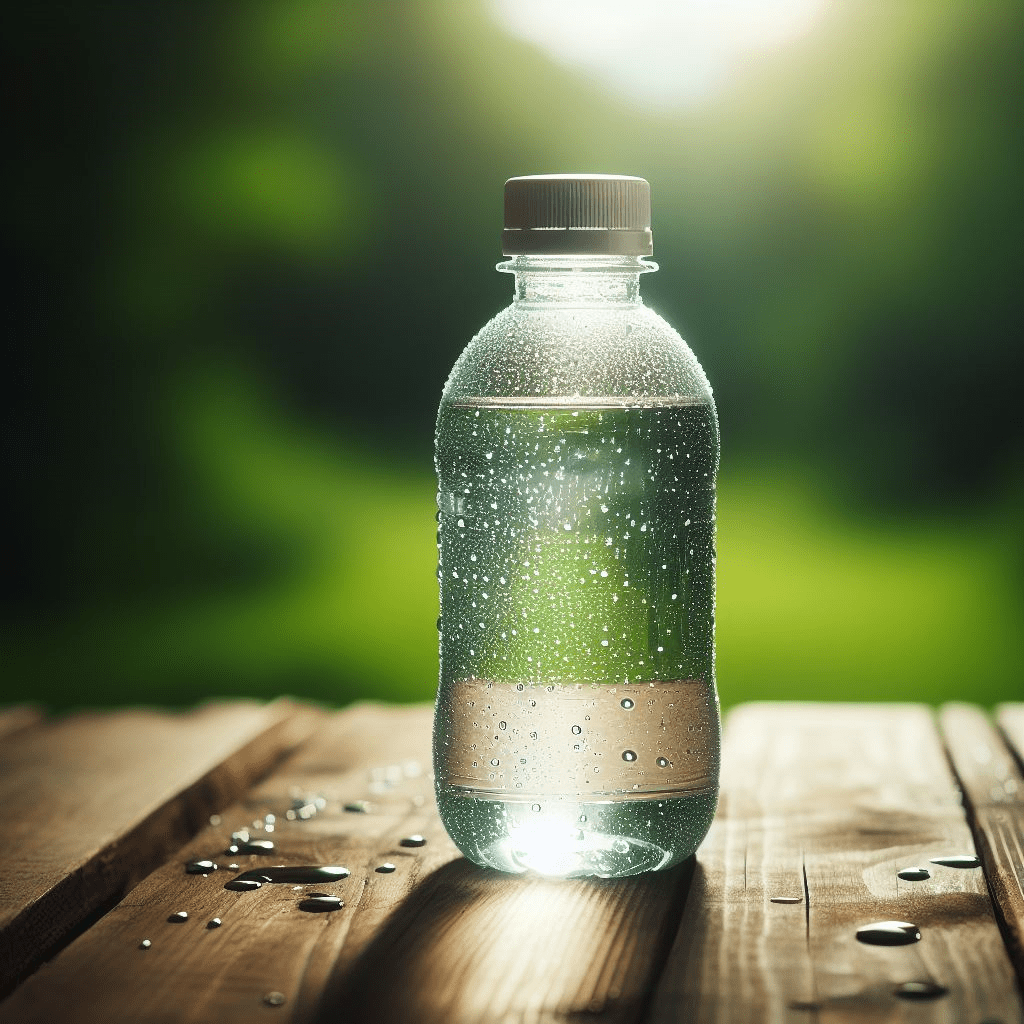The water bottle industry in Nepal has witnessed a significant evolution in recent years, with consumers becoming more conscious of the quality of water they consume. A crucial aspect of this evolution revolves around the price of water bottles in Nepal, prompting us to delve into the factors influencing these prices and the overall dynamics of the market.
Understanding the Dynamics: Water Bottle Prices in Nepal
The Impact of Packaging

The demand for water bottles in Nepal has soared, driven by factors such as convenience, portability, and the need for safe drinking water. As we navigate through the intricate web of market forces, it becomes evident that the prices of water bottles are subject to multiple influences.
One key factor influencing water bottle prices is the type of packaging. Plastic, glass, and aluminum are the primary materials used for bottling water, each with its associated costs. Plastic, being the most cost-effective, dominates the market, but its environmental implications have led to an upsurge in demand for sustainable alternatives.
Branding and Market Positioning
The water bottle market in Nepal is diverse, with a plethora of brands catering to different consumer segments. Premium brands often come with a higher price tag, emphasizing factors like purification processes, packaging aesthetics, and brand reputation. On the flip side, local and generic brands may offer more budget-friendly options.
Regional Disparities
The geographical location within Nepal also plays a pivotal role in determining water bottle prices. Remote areas might experience higher prices due to logistical challenges and increased transportation costs. In contrast, urban centers may boast more competitive prices owing to better accessibility.
Examining the Cost of Jar Water in Nepal
When it comes to jar water, a popular alternative to bottled water, understanding the cost dynamics is crucial. The jar water market has gained traction, especially in areas where access to clean drinking water is a challenge.
Decoding the Water Jar Phenomenon
A water jar, essentially a larger container filled with potable water, has become a common sight in Nepal. These jars, available in various sizes, cater to both residential and commercial needs. The cost of a jar of water in Nepal depends on factors like size, brand, and the source of water.
Size Matters
The volume of water a jar can hold directly impacts its price. Larger jars typically offer a more economical price per liter compared to smaller ones. This pricing strategy aligns with the principle of bulk purchasing, rewarding consumers who opt for larger quantities.
The Source of Water
The water's source significantly influences the cost of a jar. Purified and spring water jars often come with a premium price due to the additional filtration processes involved. In contrast, locally sourced tap water jars may present a more budget-friendly option.
Is Jar Water Safe to Drink?
Safety concerns often arise when opting for jar water in Nepal. Consumers are right to question the purity and quality of the water they are consuming, considering the prevalence of waterborne diseases.
Navigating Safety Concerns
The safety of jar water in Nepal hinges on various factors, including the source of water, the jar's cleanliness, and the purification processes employed. Reputable brands prioritize rigorous purification methods, ensuring that the water meets the necessary health standards.
The Importance of Source Verification
Consumers should be vigilant about verifying the source of water used in jars. Spring water from pristine sources is generally considered safer, while tap water should undergo thorough filtration and purification processes to eliminate contaminants.
Is Nepal's Tap Water Safe to Drink?
In the quest for affordable and accessible drinking water, many residents wonder about the safety of Nepal's tap water.
Analyzing Tap Water Quality
Nepal faces challenges in ensuring the safety of tap water due to issues such as inadequate sanitation infrastructure and contamination risks. However, concerted efforts by local authorities and water treatment initiatives aim to improve the quality of tap water.
Water Treatment Initiatives
Municipalities in Nepal are investing in water treatment projects to enhance the safety of tap water. These initiatives include the implementation of modern water purification technologies and regular testing to monitor water quality.
In conclusion, the water bottle prices in Nepal, whether in the form of bottled water or jar water, are influenced by a myriad of factors. From packaging materials to regional disparities and safety considerations, consumers navigate a complex landscape when making choices about their drinking water. As Nepal strives to address water safety challen